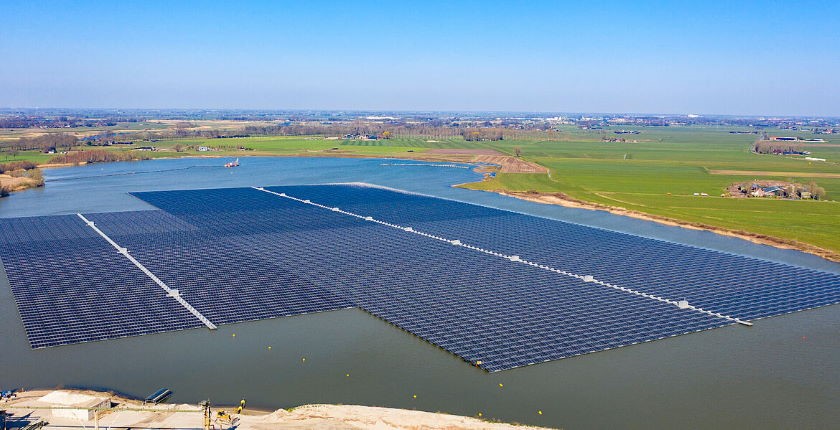With 110 gigawatts (GW) of solar photovoltaic (PV) module capacity set to come online in the next three years, India will become self-sufficient and will be the second-largest PV manufacturing country after China, says a new joint report from the Institute for Energy Economics and Financial Analysis (IEEFA) and JMK Research and Analytics.
The report finds that India’s cumulative module manufacturing nameplate capacity more than doubled from 18GW in March 2022 to 38GW in March 2023.
Jyoti Gulia, founder, JMK, and co-author of the report, said a favourable policy environment created by the Indian government is the major driver for this push in India towards PV manufacturing.
The report’s co-author Vibhuti Garg, Director, South Asia, IEEFA, said after India attains self-sufficiency in two to three years, the next course of action should be to challenge and compete for dominance in both quality and scale in the global PV module market. Despite the aggressive market drivers, there are minor hurdles that are impeding the growth of the PV manufacturing industry. Therefore, policy stability is necessary to sustain investor confidence in the market, she added.
The report identifies some hurdles holding back the domestic PV manufacturing industry from realising its full growth potential, chief among them over-reliance on Chinese imports for upstream components of PV modules such as polysilicon and ingots/wafers.
According to the report, the sustained reliance on China for its raw material is such that almost all (around 95%) of the upstream PV manufacturing capabilities are still in China. Another is the dearth of skilled manpower, especially in the manufacturing of these upstream components, Ms. Gulia added.
What is China doing differently compared to India to be at the top? “China has already achieved economies of scale given the huge PV manufacturing capacity that they have. Also, to bring this market to this huge scale, the Chinese government has offered cheap credit, free land, cheap loans, research funds, tax rebates, and sometimes even cash to support its manufacturing sector. Because of their large-scale integrated facilities and government support, Chinese manufacturers are able to absorb larger shares of the profit of their operational revenues. Thus, they are always able to invest significantly in a robust R&D infrastructure, hence always staying ahead of the curve than the rest of the world,” explained Ms. Gulia.
The report recommends that the government augment the PLI scheme to also include more upstream components, PV equipment machinery and ancillary components for more holistic development of the PV manufacturing ecosystem.
Tags: JMK Research ad Analysis, Manufacturer, PV, Solar



Recent Posts
TSUNEISHI Launches World’s First Methanol Dual-Fuel KAMSARMAX Bulk Carrier in the Philippines
Grimaldi Group Launches Ammonia-Ready Car Carrier Grande Shanghai in China
Incat Tasmania to Build Two Battery-Electric Ferries for Denmark’s Molslinjen
YamnaCo Signs MoU with Andhra Pradesh to Develop Large-Scale Green Hydrogen and Ammonia Project
WNTI and NEMO Sign MoU to Advance Nuclear-Powered Shipping and Mobile Nuclear Energy Solutions
TotalEnergies and CMA CGM Form Joint Venture for LNG Bunkering Operations in Rotterdam
Keel laid for Bibby Marine’s first zero-emission eCSOV
New Report Highlights Potential of Voluntary Insetting to Support Maritime Decarbonisation, Calls for Robust Safeguards